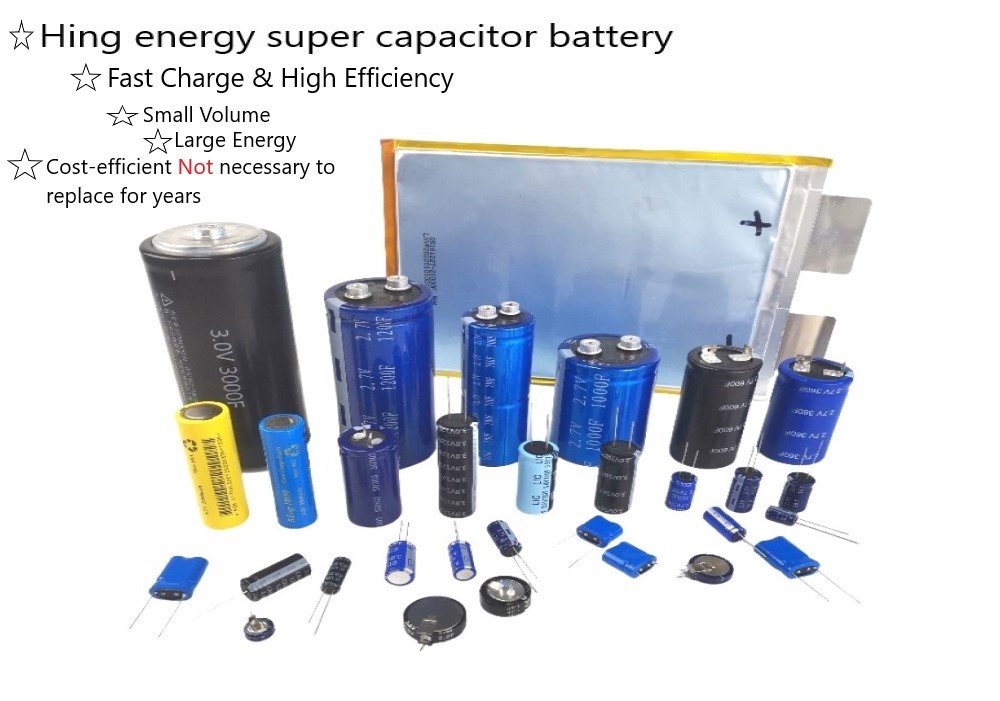Consulting phone:
135-3037-2041
(Mr.Wang)
How to charge a supercapacitor?
Charging a supercapacitor is very simple, as long as it does not exceed its peak voltage. As for the discharge of a supercapacitor, the voltage decreases, while the current is determined by the load. Generally, the resistance of the backend load changes, not constant. If it is constant, then the current also decreases. Supercapacitors, also known as electrochemical capacitors, double-layer capacitors, gold capacitors, and Faraday capacitors, are a type of electrochemical component developed in the 1970s and 1980s for energy storage through polarized electrolytes. 
It is different from traditional chemical power sources and is a power source with special performance that lies between traditional capacitors and batteries. It mainly relies on double layers and redox pseudocapacitive charges to store electrical energy. But there is no chemical reaction during its energy storage process, which is reversible, and it is precisely because this supercapacitor can be charged and discharged hundreds of thousands of times repeatedly. The specific details of the structure of supercapacitors depend on their application and usage. Due to the specific application requirements of manufacturers, these materials may vary slightly. The commonality of all supercapacitors is that they all contain a positive electrode, a negative electrode, and a separator between these two electrodes, with the electrolyte filling the pores separated by these two electrodes and the separator. The structure of a supercapacitor is composed of a porous electrode material with high specific surface area, a current collector, a porous battery separator, and an electrolyte. The electrode material should be closely connected to the current collector to reduce contact resistance; The diaphragm should meet the conditions of having the highest possible ion conductivity and the lowest possible electronic conductivity, and is generally an electronic insulation material with a fiber structure, such as polypropylene film. The type of electrolyte is selected based on the properties of the electrode material.